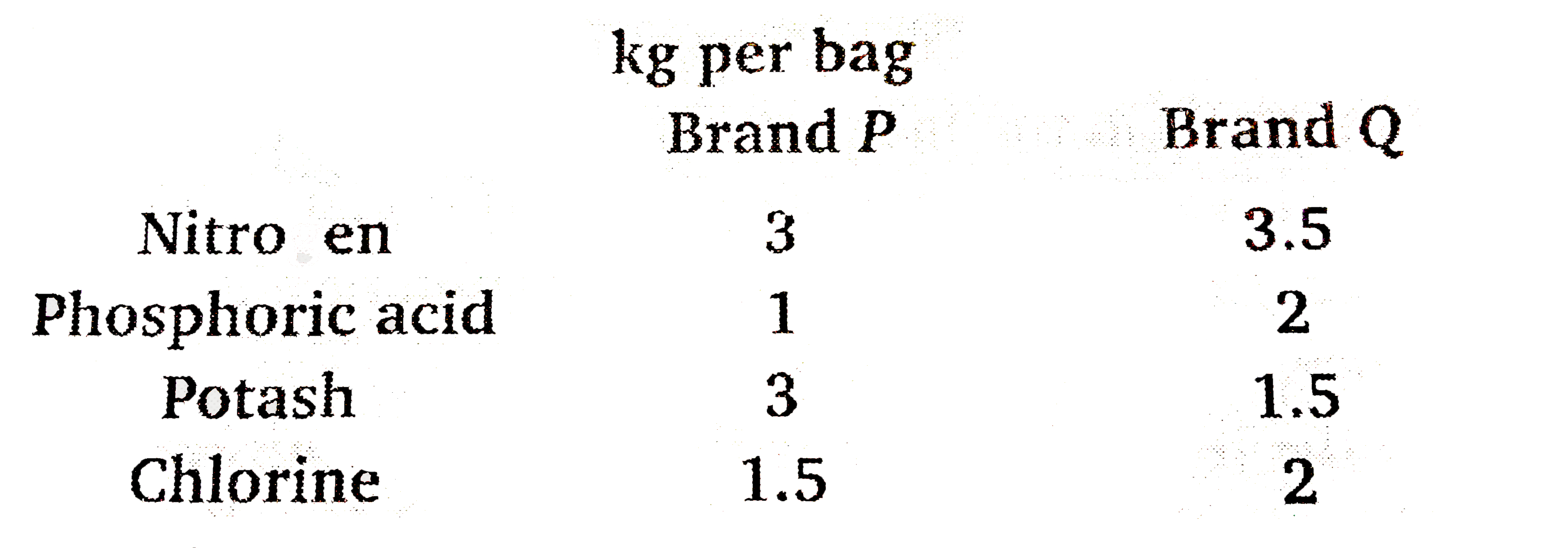You have been asked to maintain a garden. How will you minimise the use of water for the irrigation of pIants in the garden ?
To minimize the use of water for the irrigation of plants in a garden, you can follow these steps:
Step 1: Choose Efficient Irrigation Methods
- Use drip irrigation as your primary method. This technique allows water to drip slowly to the roots of plants, minimizing evaporation and runoff.
Step 2: Install a Drip Irrigation System
- Set up a drip irrigation system that consists of narrow tubes with small holes. These tubes will deliver water directly to the base of each plant.
Step 3: Schedule Watering Times
- Water your garden during the early morning or late evening when temperatures are cooler. This reduces evaporation and ensures more water reaches the plants.
Step 4: Use Mulch
- Apply a layer of organic mulch around the plants. Mulch helps retain moisture in the soil and reduces the need for frequent watering.
Step 5: Monitor Soil Moisture
- Regularly check the moisture level of the soil. Only water when necessary, as overwatering can lead to water wastage.
Step 6: Choose Drought-Resistant Plants
- Select native or drought-resistant plants that require less water. These plants are adapted to the local climate and can thrive with minimal irrigation.
Step 7: Collect Rainwater
- Set up a rainwater harvesting system to collect rainwater. This can be used for irrigation, reducing reliance on tap water.
Step 8: Maintain Your System
- Regularly check and maintain your irrigation system to ensure there are no leaks or blockages that could waste water.
By following these steps, you can effectively minimize water usage while maintaining a healthy garden.
---
- Use drip irrigation as your primary method. This technique allows water to drip slowly to the roots of plants, minimizing evaporation and runoff.
- Set up a drip irrigation system that consists of narrow tubes with small holes. These tubes will deliver water directly to the base of each plant.
- Water your garden during the early morning or late evening when temperatures are cooler. This reduces evaporation and ensures more water reaches the plants.
- Apply a layer of organic mulch around the plants. Mulch helps retain moisture in the soil and reduces the need for frequent watering.
- Regularly check the moisture level of the soil. Only water when necessary, as overwatering can lead to water wastage.
- Select native or drought-resistant plants that require less water. These plants are adapted to the local climate and can thrive with minimal irrigation.
- Set up a rainwater harvesting system to collect rainwater. This can be used for irrigation, reducing reliance on tap water.
- Regularly check and maintain your irrigation system to ensure there are no leaks or blockages that could waste water.
Topper's Solved these Questions
- TRANSPORT IN ANIMAL AND PLANTSBOOK - LAKHMIR SINGH & MANJIT KAURCHAPTER - TRANSPORT IN ANIMAL AND PLANTSEXERCISE - EXERCISE
128 Videos
- WEATHER, CLIMATE AND ADAPTATIONS OF ANIMALS TO CLIMATEBOOK - LAKHMIR SINGH & MANJIT KAURCHAPTER - WEATHER, CLIMATE AND ADAPTATIONS OF ANIMALS TO CLIMATEEXERCISE - EXERCISE
116 Videos
Similar Questions
Knowledge Check
You have been so unwell! How you feeling now?
AYou is feelingBYou are feelingCNo improvementDare you feelingThe number of trees in each row of a garden is equal to the total number of rows in the garden. After 111 trees have been uprooted in a storm, their remain 10914 trees in the garden. The number of rows of trees in the garden is
A100B105C115D125
Imagine that you are a journalist.
You have been asked to interview the president of the village panchayat.
Write eight to ten questions you wish to ask.
The questions should elicit comments as well as plans regarding water and electricity, cleanliness and school education in the village.
View SolutionHow will you justify that water is a compound ?
View SolutionYou have been asked to make a temporary stained mount of onion peel. Write four precautions which you would take during the experiment.
View SolutionA fruit grower can use two types of fertilizer in his garden, brand P and brand Q. The amounts (in kg) of nitrogen, phosphoric acid, potash, and chlorine m a bag of each brand are given m the table. Tests indicate that the garden needs at least 240 kg of phosphoric acid, at least 270 kg of potash and at most 310 kg of chlorine. If the grower wants to minimise the amount of nitrogen added to the garden, how many bags of each brand should be used? What is the minimum amount of nitrogen added in the garden?
View SolutionThe number oftrees in each row of a garden is equal tothe total number of rows in the garden. After 111 trees have been uprooted in a storm,there remain 10914 trees in the garden. The number of rows of trees in the garden is (A) 100 (B) 105 (C) 15 (D) 125
View SolutionA fruit grower canuse two types of fertilizer in his garden brand P and brand Q. The amounts (in kg) of nitrogen phosphoric acid, potash, and chlorine a bag of each brand are given in the stable. Tests indicate that the garden needs at least 240kg of phosphoric acid, at least 270 kg of potash and at most 310 kg of chlorine.
If the grower wants to minimise the amount of nitrogen added to the garden, how many bags of each brand should be used? What is the minimum amount of nitrogen added in the garden?

View Solution
